Rice kernels are kind of snack that we are well known from childhood as a walk in the park was regularly accompanied by tasty nibbling on these small and elongated treats. After years of market failure, rice kernels have returned with a powerful swing at kiosks and storefronts.
Japanese artists create a perfect rice snack - khaki Thane, wishing to achieve perfection in rice cuisines. Preparing rice kernels today uses the old Japanese technology of baking and enriching the traditional light unobtrusive and elegant flavors.
Home of the rice kernel is the Land of the Rising Sun. There are 2 types of rice kernels - the classic taste and spicy rice kernels that are better enjoyed with beer, or at least water.
Chili flavored rice kernels are specifically for fans of spicy flavor. The flavor and degree of pungency are the result of years of work by the Japanese culinary masters. They precisely measured the exact amounts of spices so as to deliver a spicy delight that can not irritate your stomach or cause an unquenchable thirst.
Most brands of rice kernels are announced on their packages, they should meet the modern requirements for food - be healthy, low in cholesterol and fat, and be created in spotless surroundings.
For some rice kernels this is true, but if you regularly disregard the contents of the packages, you will see the presence of certain preservatives, flavors and stabilizers.
Composition of rice kernels
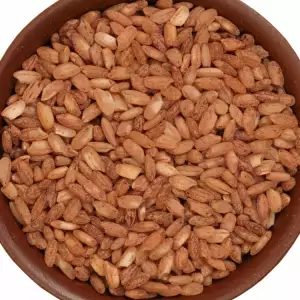
100 g rice kernels contain 379 calories, 89 g carbohydrate, 0.5 g fat and 3.8 g protein.
Indeed familiar rice kernels are traditional Japanese Ararat crackers. Have small size and elongated prepared from gluten rice and seasoned with soya sauce. Ararat are Japanese and have been transferred to the U.S. by Japanese immigrants who began work on the plantations in the early 20th century.
Traditionally, the Japanese consume APAP mostly along the Festival of Dolls (Hinamatsuri) March 3 – the day of girls in Japan. This is the time when offered the most colorful crackers - pink, yellow, white, brown, light green, etc. Colored are available only from January to March in anticipation of the festival, but usually Ararat can be bought all year round.
Types of Ararat
There is a huge variety of types of Ararat. All rice kernels vary in size, color and shape and come as sweet and salty, and spicy varieties. One, it is precisely the kind khaki Thane Ararat, or well-known as rice and nuts.
Their name comes from the shape that resembles the seeds of persimmon ("khaki" - Persimmon). Quite often in Japan khaki Thane is sold mixed with peanuts, the combination is called "kakipi" and is a popular appetizer for Japanese beer.
Recipe for Japanese rice crackers (about 100 crackers)
¾ cup flour
¾ cup mochiko (gluten free rice flour)
1 ½ tablespoons sugar
1 tablespoon black sesame seeds
1 teaspoon baking powder
½ cup water
vegetable oil for frying
For the glaze: ¼ cup corn syrup, ¼ cup sugar, ¼ cup soya sauce
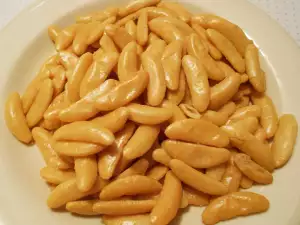
Knead a soft dough of the flour, sugar, sesame seeds, baking powder, water. If the dough is too dry, add a little more water. Lightly sprinkle the work surface with mochiko. Divide the dough into several pieces and roll them thinly. Roll the sheet, it must be thick almost like a sheet of paper. Cut into squares with a side of about 0.5" (1.27 cm)
Heat oil to 190 °C. Put portions of these to fry until golden for a few seconds. Remove them with a slotted spoon and remove the excess fat. Drain on kitchen paper. Fried crackers are arranged on a baking sheet.
For the glaze in a saucepan, mix corn syrup, sugar and soya sauce and bring to a boil over medium heat. Cook until sugar dissolves and mixture begins to thicken - about a minute. More than that is not necessary to boil it.
Pour glaze over rice crackers into the tray, work quickly and mix them to cover evenly. Note that cold glaze hardens easily. The crackers should not touch each other. Put to toast for 15-20 minutes (no more! ) Until the icing dries, in a hot, 300°F (150 °C) oven.
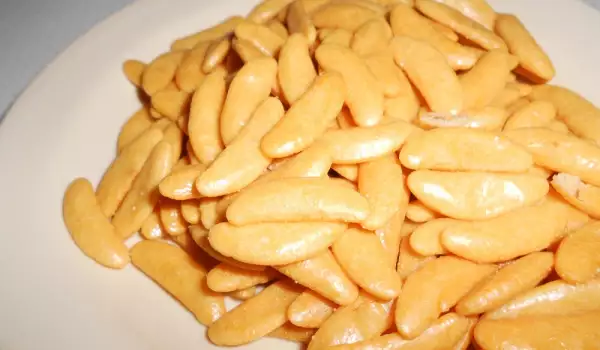
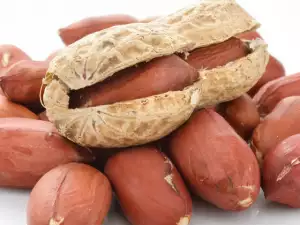
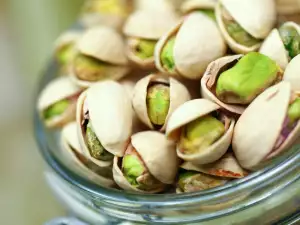
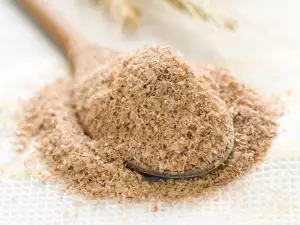
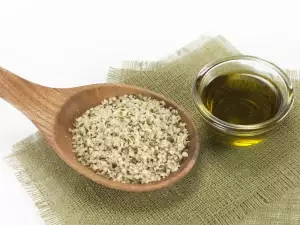

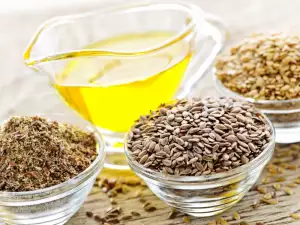
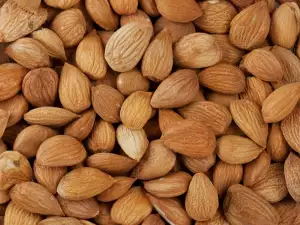
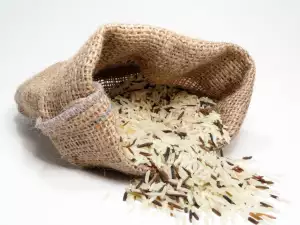
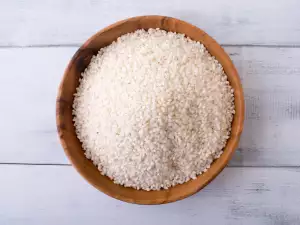
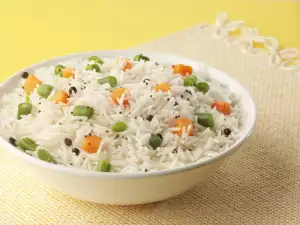
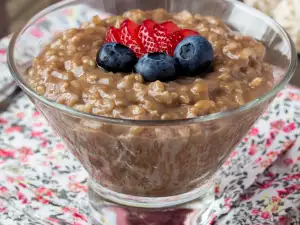
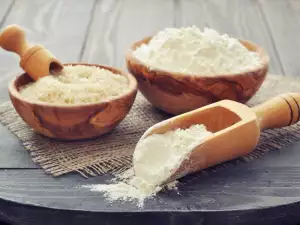
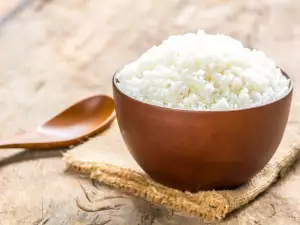
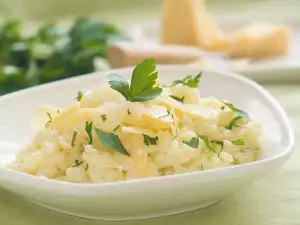
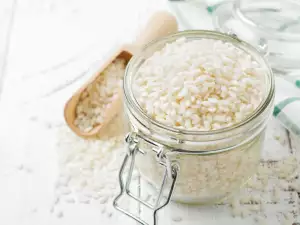




Comments